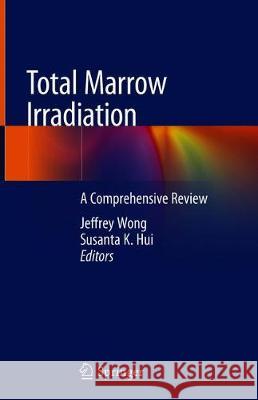Total Marrow Irradiation: A Comprehensive Review » książka
topmenu
Total Marrow Irradiation: A Comprehensive Review
ISBN-13: 9783030386917 / Angielski / Twarda / 2020 / 196 str.
Total Marrow Irradiation: A Comprehensive Review
ISBN-13: 9783030386917 / Angielski / Twarda / 2020 / 196 str.
cena 402,53
(netto: 383,36 VAT: 5%)
Najniższa cena z 30 dni: 385,52
(netto: 383,36 VAT: 5%)
Najniższa cena z 30 dni: 385,52
Termin realizacji zamówienia:
ok. 22 dni roboczych
Bez gwarancji dostawy przed świętami
ok. 22 dni roboczych
Bez gwarancji dostawy przed świętami
Darmowa dostawa!
Kategorie BISAC:
Wydawca:
Springer
Język:
Angielski
ISBN-13:
9783030386917
Rok wydania:
2020
Wydanie:
2020
Ilość stron:
196
Waga:
0.41 kg
Wymiary:
23.88 x 16.51 x 1.27
Oprawa:
Twarda
Wolumenów:
01











